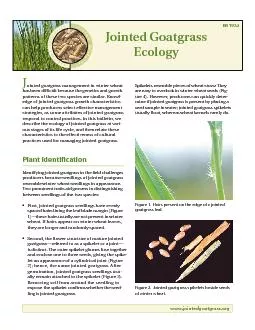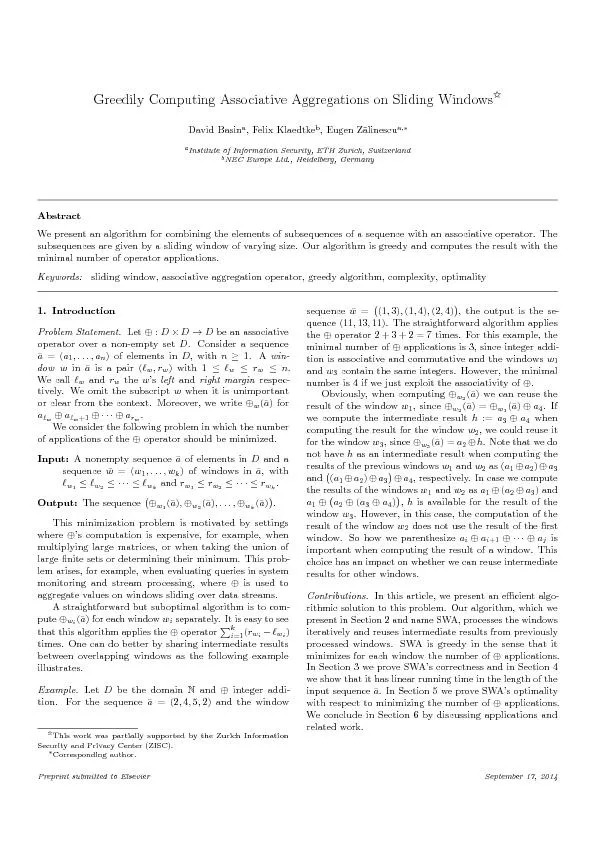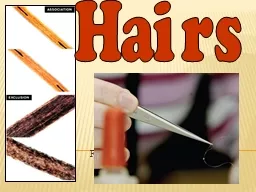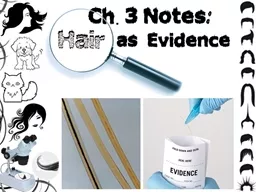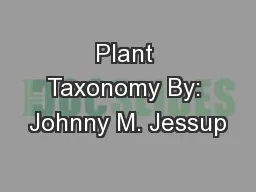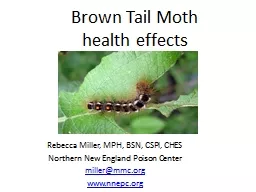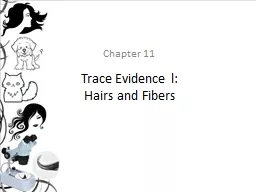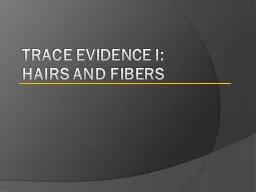PDF-Figure 1. Hairs present on the edge of a jointedgoatgrass leaf.Figure
Author : stefany-barnette | Published Date : 2017-01-23
Jo wwwjointedgoatgrassorgointed goatgrass management in winter wheathas been difficult because the genetics and growthpatterns of these two species are similar Knowledge
Presentation Embed Code
Download Presentation
Download Presentation The PPT/PDF document "Figure 1. Hairs present on the edge of ..." is the property of its rightful owner. Permission is granted to download and print the materials on this website for personal, non-commercial use only, and to display it on your personal computer provided you do not modify the materials and that you retain all copyright notices contained in the materials. By downloading content from our website, you accept the terms of this agreement.
Figure 1. Hairs present on the edge of a jointedgoatgrass leaf.Figure: Transcript
Download Rules Of Document
"Figure 1. Hairs present on the edge of a jointedgoatgrass leaf.Figure"The content belongs to its owner. You may download and print it for personal use, without modification, and keep all copyright notices. By downloading, you agree to these terms.
Related Documents

